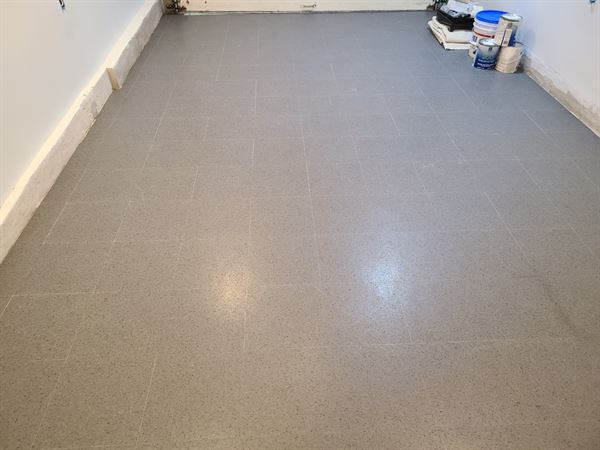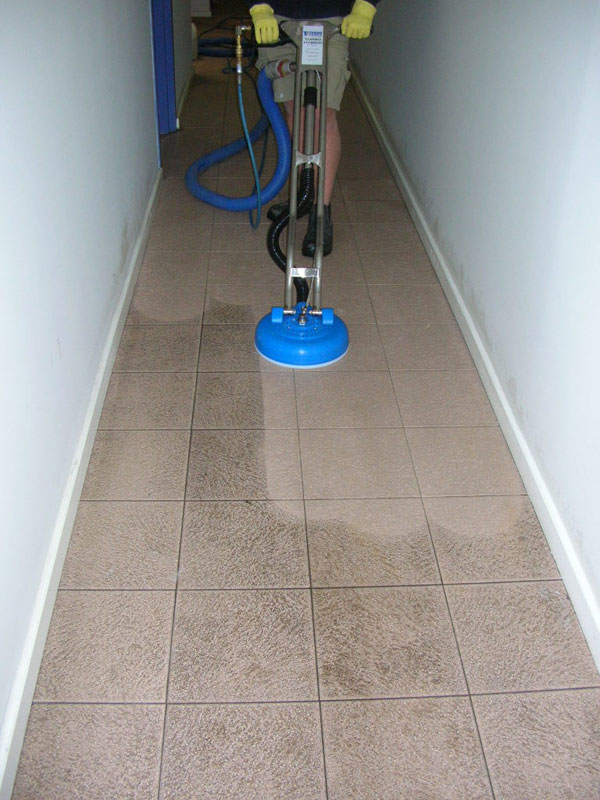Bamboo Flooring Review: Cons as well as pros
Bamboo Flooring Review: Cons as well as pros
Blog Article
Nearly everybody is bound to have his or her own rationale involving How to Care for Vinyl Flooring?.

Bamboo flooring is famous for numerous homeowners due to its benefits. It is sturdy and also offered in various colors, from light blonde to rich coffee. It can be subject to tarnishing to match any kind of design. Thus it has ended up being the significant choiced floor for service and homeowners whenever there is requirement for sustainability.
Bamboo simply like wood, is susceptible to damages and breaking when moisture levels fluctuate.
So are you thinking of bamboo flooring for your house? Count on your own lucky due to the fact that this short article will reveal you everything you need to understand. We will discuss its attributes to take into consideration. We will additionally talk about the different kinds of bamboo flooring available on the marketplace. Keep reading!
Types of Bamboo Flooring
There are three standard choices: strand-woven, vertical, as well as straight. Home owners can choose which sort of bamboo flooring to buy based on their attributes. The purchaser's desired aesthetic influences the selected Bamboo flooring type.
Engineered Bamboo Flooring
Both solid and also crafted bamboo flooring choices are offered. As soon as the bamboo wood fits, it isn't simple to distinguish between them.
Yet their differences are due to their production. Engineered bamboo wood has a slim plywood support.
Whether crafted or strong, bamboo flooring is strong, resistant, as well as attractive.
Engineered bamboo flooring makes use of the drifting timber floor over a thin foam base. They may additionally remain in the form of vast slabs. For example, they are readily available in widths up to 19 centimeters.
Strong - Horizontal Bamboo Flooring
You will certainly observe that this kind is practically the like vertical bamboo flooring. It has a slight variation. Horizontal bamboo is among one of the most prominent sorts of bamboo flooring.
It is made by drying big strips of bamboo, slicing these bigger pieces right into thinner strips, and then gluing them to develop planks. The boards will then undergo stress as well as warm to guarantee they are well secured.
All-natural bamboo has a lighter shade. Hence, the strips are typically discolored. While carbonized bamboo will certainly be much less tough than normal bamboo, if you require a darker shade, it may do you great. It additionally provides the all-natural bamboo looks as well as a selection of alternatives.
Strand Woven Bamboo Flooring
Shredding the bamboo to extract the fibers is just one of the much more luring action in creating strand-woven bamboo floorings.
The bamboo fiber is frequently combined with an adhesive after it's made to a pulp. The product is after that weaved and compressed under fantastic heat, as the name suggests.
After making upright as well as horizontal bamboo, the strips offer to develop strand woven bamboo. The eco-conscious customer might find this attribute appealing. The factor is that it guarantees that the whole bamboo stalk produces extremely little waste.
Strong - Upright Bamboo Flooring
Slim strips of completely dry bamboo timber glued up and down and pressed making use of high warmth and also pressure create this sort of bamboo flooring.
The thinnest side of the bamboo slabs will certainly remain in a vertical form. A company bonding, pushing, and lamination will adhere to. As a result of their technique of joining, the bamboo strips feature a narrow grain pattern.
The good thing about this kind of bamboo flooring is that it is sturdy and also really budget friendly. Additionally, it gives a elegant as well as sophisticated floor finish. But it is not commonly offered.
When Choosing Bamboo Flooring, features And Also What to Maintain in Mind
With a multi-layered finishing, bamboo flooring will certainly be pretty long lasting. Maintain in mind that future touch-ups might need a more experienced flooring specialist.
Using your surface will certainly make matching repair work simpler as soon as set up in your house. The finish will certainly not last as long as factory coatings.
In addition to that, right here are some amazing features of bamboo flooring.
Eco-Conscious
This flooring comes from a natural plant called the bamboo plant. When compared to various other tree varieties made use of to make wood flooring, bamboo expands even more as well as faster.
Cheap Maintenance
You can keep bamboo flooring in good condition by cleaning as well as damp mopping. So in spite of being more prone to scrapes, bamboo flooring is very simple to maintain.
You might get bamboo floors that are like new by sanding them down and using a fresh coat of paint.
Durable
Bamboo flooring is not created equivalent. There are numerous types of bamboo, and also the numerous methods utilized to transform it right into planks influence its durability.
Therefore, bamboo, like wood flooring, can end up being vulnerable to deterioration with time. Scratching, splitting, and other wear and also tear might occur. You can additionally sand some bamboo to look like wood, but not all.
Bottom Line
It's simple to recognize why bamboo flooring has ended up being a lot more popular nowadays. For practically any kind of home, bamboo supplies numerous solid and sound services for the atmosphere. Bamboo floor might be the best alternative for upgrading your flooring.
We will likewise go over the various types of bamboo flooring available on the market. Homeowners can pick which kind of bamboo flooring to acquire based on their characteristics. Horizontal bamboo is one of the most prominent kinds of bamboo flooring.
While carbonized bamboo will be less difficult than routine bamboo, if you need a darker shade, it may do you excellent. After making vertical as well as horizontal bamboo, the strips serve to produce hair woven bamboo.
Bamboo Flooring
Manufacture of Bamboo Flooring
Stranded bamboo is made by shredding the bamboo stalks into small strands, which are compressed into sheets using heat and resin binders, then cut into planks to use as building materials. This form of flooring is available both as tongue-and-groove planks that are nailed down, as well as planks that float over the underlayment. This is a premium form of bamboo flooring, available in many colors.
Horizontal bamboo flooring is manufactured by cutting the strands into thin strips which are then glued together to form planks. This type of flooring has a "grain," since the long stalk fibers are visible in the flooring. This type of bamboo is not as hard or durable as stranded bamboo, but it can have a very striking appearance. It, too, is available both in nail-down planks and as floating floor planks.
Engineered bamboo flooring is made by bonding a thin layer of bamboo onto a plywood or MDF core. This flooring is comparable to engineered hardwood and is installed in the same way—usually with click-lock planks that float over a foam underlayment. It is the least expensive (and least durable) form of bamboo flooring, and it cannot be refinished.
Unless it is stained, most bamboo flooring has a natural blonde or amber color that resembles unfinished maple or birch, but darker tones are available through a process called carbonizing, which entails subjecting the planks to high temperatures. While the color can be very attractive, carbonized bamboo is softer than uncarbonized forms, and is more susceptible to scratching.
Eco-Friendliness
Environmentally conscious consumers are often drawn to bamboo as a wholly renewable resource. Unlike the hardwood lumber industry, where trees can take decades to mature, bamboo stalks grow so fast that there is little environmental liability to the harvest practices. Moreover, bamboo stalks that are cut simply continue to grow and replenish themselves so that they can be harvested.
But the manufacturing process creates other environmental concerns. Bamboo floor planks are manufactured by slicing or shredding the stalks of bamboo grass plants and then compressing the pulp back together using heat, pressure, and a resin-based adhesive identical to those used in many other flooring products. This adhesive often contains urea-formaldehyde that can outgas into the air.1
The level of adhesive used and the amount of toxins emitted will vary, depending on how the bamboo planks are manufactured. Cheaper products may contain more formaldehyde, while more expensive products may use alternative materials in the resins. The amount of formaldehyde used in bamboo flooring is similar to that found in engineered hardwood flooring or MDF sheathing, and it tends to be a problem only for sensitive individuals.2 But if this concerns you, look for bamboo products labeled as formaldehyde-free.
Bamboo Flooring Cost
This material is priced at about the same level as most hardwood floors. You can find bamboo flooring products ranging from about $2 to $8 per square foot, with a national average of $3.84 per square foot. Installation costs for bamboo flooring are much the same as for hardwood flooring. On average, figure on adding about $4 per square foot for installation labor in addition to the cost of materials. You should be able to get a good-quality bamboo installed for less than $10 per square foot, including materials and labor.
https://www.thespruce.com/benefits-and-drawbacks-of-bamboo-floors-1314694

I am very taken with How to clean and maintain vinyl flooring and I am hoping you appreciated the new blog entry. Liked our piece of writing? Please share it. Help other people find it. Thank-you for going through it.
Report this page